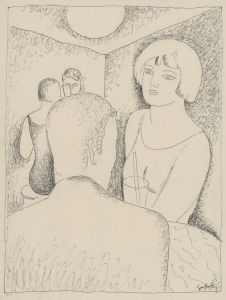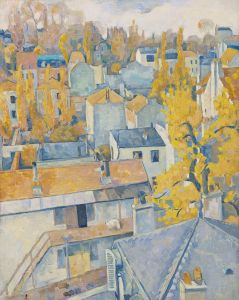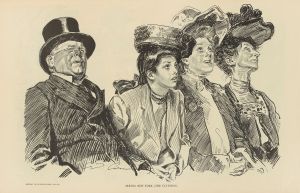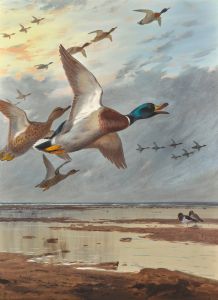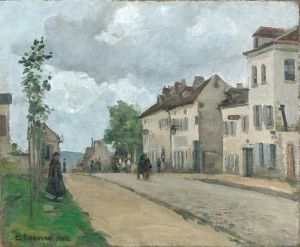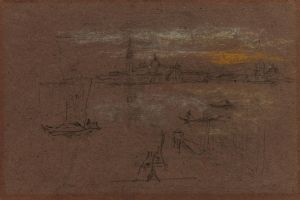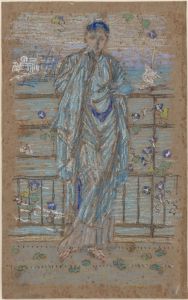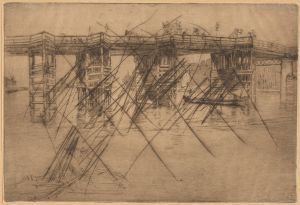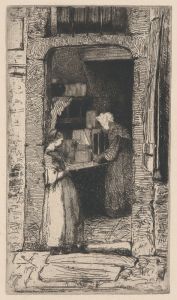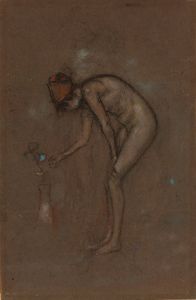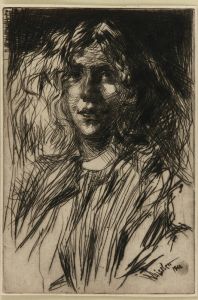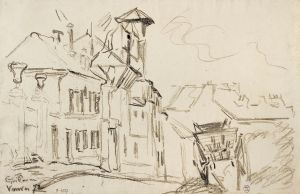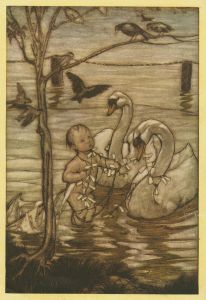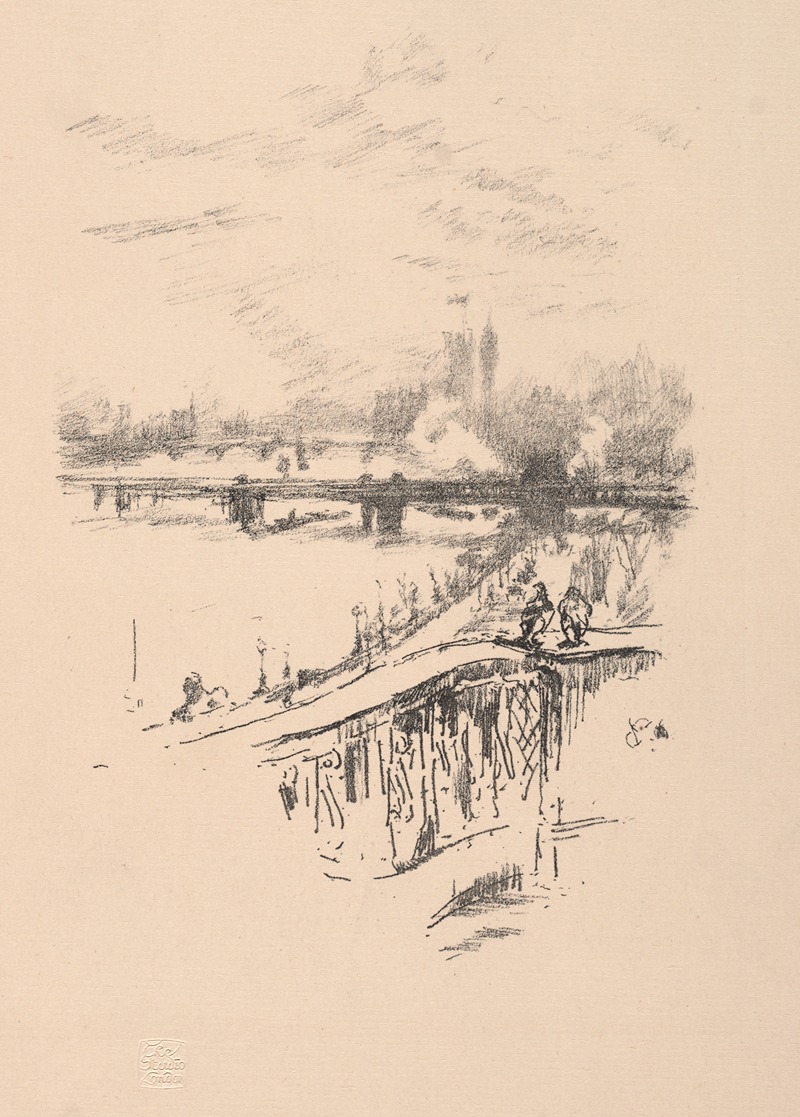
Savoy Pigeons
A hand-painted replica of James Abbott McNeill Whistler’s masterpiece Savoy Pigeons, meticulously crafted by professional artists to capture the true essence of the original. Each piece is created with museum-quality canvas and rare mineral pigments, carefully painted by experienced artists with delicate brushstrokes and rich, layered colors to perfectly recreate the texture of the original artwork. Unlike machine-printed reproductions, this hand-painted version brings the painting to life, infused with the artist’s emotions and skill in every stroke. Whether for personal collection or home decoration, it instantly elevates the artistic atmosphere of any space.
James Abbott McNeill Whistler was an American artist known for his paintings and etchings, and he played a significant role in the art movements of the late 19th century. One of his works, "Savoy Pigeons," is a lesser-known piece that reflects his interest in capturing the subtle nuances of everyday life and the natural world.
Whistler was born in Lowell, Massachusetts, in 1834, and spent much of his early life in Europe. He was heavily influenced by the art and culture of the continent, particularly the works of the French Realists and the burgeoning Impressionist movement. Whistler's style is characterized by a focus on mood and atmosphere, often employing a limited color palette and delicate brushwork.
"Whistler's Savoy Pigeons" is an example of his ability to find beauty in the mundane. The painting depicts a group of pigeons, a subject that might seem ordinary at first glance, but Whistler's treatment elevates it to a study of form, light, and texture. The pigeons are rendered with a keen eye for detail, capturing the iridescence of their feathers and the subtle play of light across their bodies.
Whistler's approach to this painting aligns with his broader artistic philosophy, which he famously articulated in his "Ten O'Clock Lecture." He believed that art should stand apart from moral or narrative concerns, focusing instead on beauty and aesthetic experience. This philosophy is evident in "Savoy Pigeons," where the emphasis is on the visual and sensory qualities of the scene rather than any underlying story or message.
The painting also reflects Whistler's interest in Japonisme, a trend among Western artists in the late 19th century who were inspired by Japanese art and design. This influence is apparent in the composition and use of space in "Savoy Pigeons," which echoes the simplicity and elegance of Japanese prints. Whistler often incorporated elements of Japonisme into his work, seeking to create a harmonious balance between subject and background.
While "Savoy Pigeons" may not be as widely recognized as some of Whistler's other works, such as "Arrangement in Grey and Black No. 1" (commonly known as "Whistler's Mother"), it nonetheless exemplifies his mastery of technique and his commitment to exploring the aesthetic potential of everyday subjects. The painting is a testament to Whistler's belief in the power of art to transform the ordinary into something extraordinary.
Throughout his career, Whistler faced both acclaim and controversy. He was known for his sharp wit and often contentious relationships with critics and fellow artists. Despite these challenges, he remained a pivotal figure in the art world, influencing generations of artists with his innovative approach and dedication to the principles of beauty and harmony.
In summary, "Savoy Pigeons" by James Abbott McNeill Whistler is a work that captures the artist's unique vision and his ability to find beauty in the commonplace. Through his meticulous attention to detail and his embrace of aesthetic principles, Whistler transforms a simple scene into a captivating study of form and light, reflecting his enduring legacy as a pioneer of modern art.





